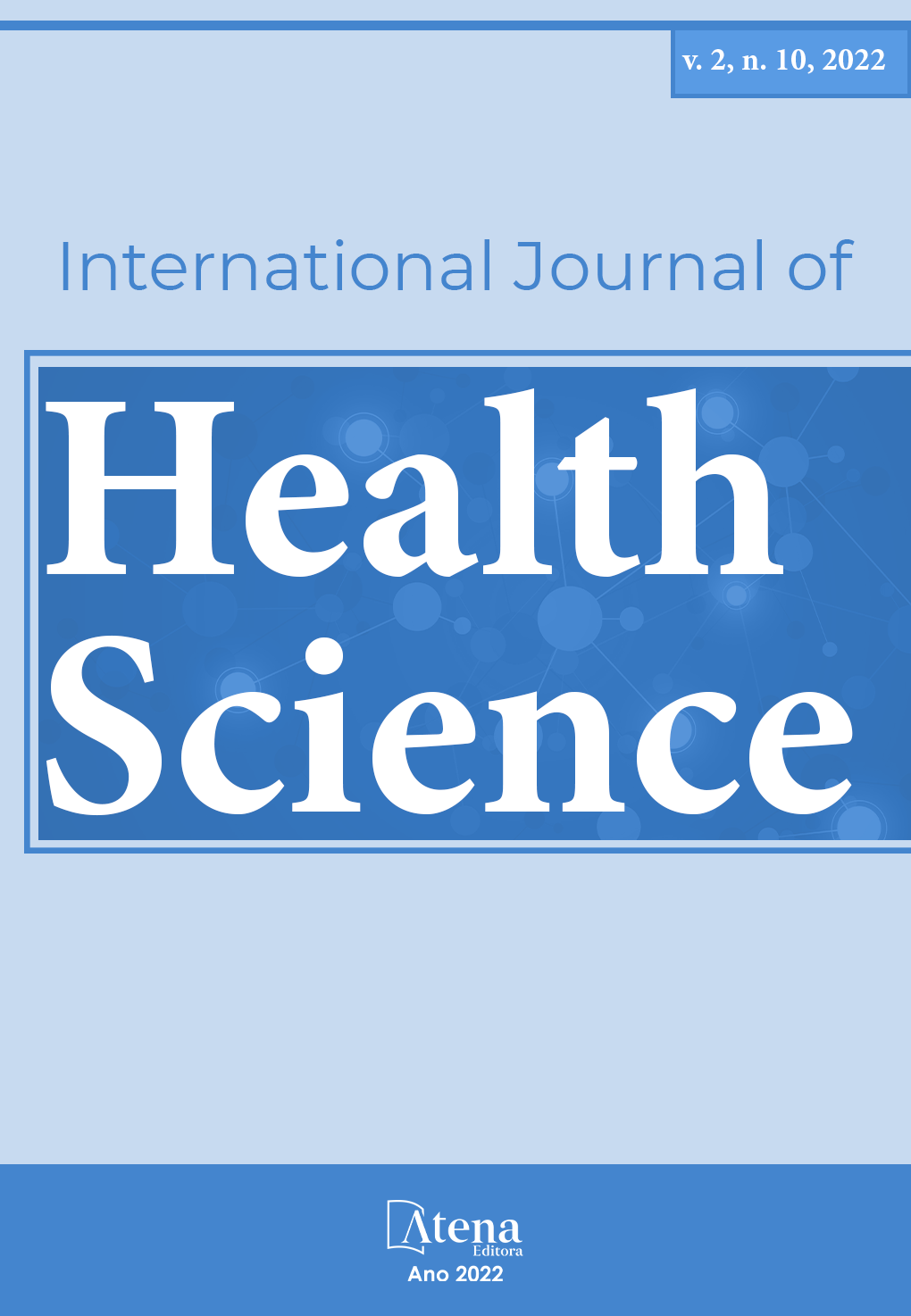
DESCRIPTIVE STUDY OF INFLUENZA HOSPITAL MORBIDITY IN THE FEDERAL DISTRICT, BRAZIL, 2008-2019
In Brazil, in 2011, the Ministry of Health published regulations for the transfer of funds to the 26 states, the Federal District and municipalities, with the objective of establishing the influenza surveillance service, and it was noticed that only the Federal District had 100 % coverage of the disease's vital statistics since 2008, which made it possible to monitor its morbidity and mortality. Therefore, the objective was to describe hospitalizations for influenza in the Federal District, from 2008 to 2019. This is a descriptive and quantitative study, carried out using secondary data available at the Department of Informatics of the Unified Health System ( DATASUS). It was observed that there was a predominance of hospitalizations in 2009, which is in line with the period of influenza A (H1N1) pandemic. On the other hand, the mortality rate was higher in 2014, when the H3N2 subtype circulated in South America. The epidemiological profile of hospitalizations showed a predominance of males, age group under five years and higher average days of hospitalization in the elderly. It was identified that these findings are in line with the scientific literature regarding the climate variable and viral subtype of circulating influenza. This study can help to identify the distribution of hospital morbidity of the disease in the Federal District and encourage the planning of disease prevention and treatment.
DESCRIPTIVE STUDY OF INFLUENZA HOSPITAL MORBIDITY IN THE FEDERAL DISTRICT, BRAZIL, 2008-2019
-
DOI: 10.22533/at.ed.1592102218026
-
Palavras-chave: Human Influenza. morbidity. Hospitalization.
-
Keywords: Human Influenza. morbidity. Hospitalization.
-
Abstract:
In Brazil, in 2011, the Ministry of Health published regulations for the transfer of funds to the 26 states, the Federal District and municipalities, with the objective of establishing the influenza surveillance service, and it was noticed that only the Federal District had 100 % coverage of the disease's vital statistics since 2008, which made it possible to monitor its morbidity and mortality. Therefore, the objective was to describe hospitalizations for influenza in the Federal District, from 2008 to 2019. This is a descriptive and quantitative study, carried out using secondary data available at the Department of Informatics of the Unified Health System ( DATASUS). It was observed that there was a predominance of hospitalizations in 2009, which is in line with the period of influenza A (H1N1) pandemic. On the other hand, the mortality rate was higher in 2014, when the H3N2 subtype circulated in South America. The epidemiological profile of hospitalizations showed a predominance of males, age group under five years and higher average days of hospitalization in the elderly. It was identified that these findings are in line with the scientific literature regarding the climate variable and viral subtype of circulating influenza. This study can help to identify the distribution of hospital morbidity of the disease in the Federal District and encourage the planning of disease prevention and treatment.
-
Número de páginas: 11
- Thaís Barbosa de Oliveira
- Priscila de Araújo Borges
- Welington de Lima Borges
- Thaliane Barbosa de Oliveira
- Luiza Esteves de Melo
- Caroliny Victoria dos Santos Silva


